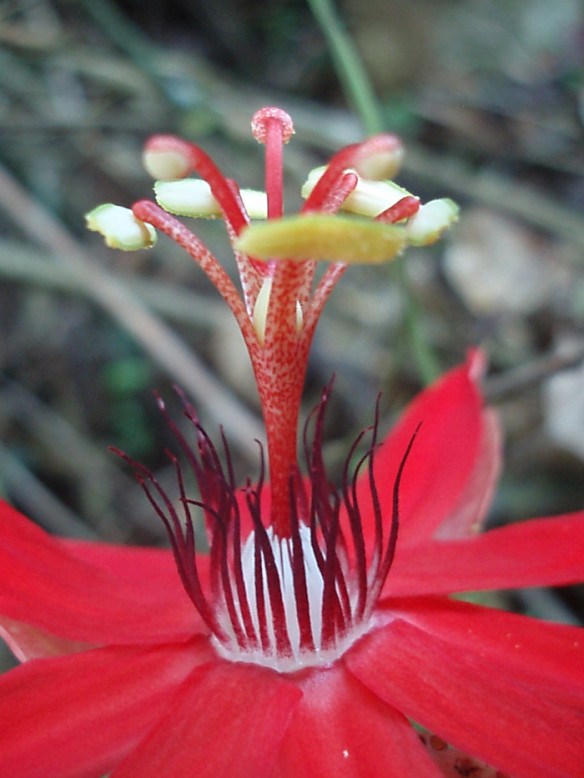Amazonia
Amazon Defense Coalition: Chevron Lawyer Stumbles in 60 Minutes Interview over Ecuador Oil Contamination
This is a story that deserves wide circulation. Makeup doll blowback:
Amazon Defense Coalition
FOR IMMEDIATE RELEASE 2009-05-04
Karen Hinton, 703-798-3109
karen@hintoncommunications.com
Sylvia Garrigo Compares Makeup on Her Face to Heavily Contaminated Toxic Waste Pits; “Public Relations Disaster” for Chevron
Watch the 60 Minutes program online
New York (May 4, 2009) – Chevron shocked the public relations and legal worlds Sunday by allowing a relatively unknown in-house lawyer to stumble through an interview trying to defend the company on 60 Minutes against charges that it is responsible for the world’s largest oil contamination in Ecuador, where it faces a $27 billion liability.
The spokesperson, Sylvia Garrigo, did not disappoint the company’s detractors – she quickly made the bizarre claim that trace amounts of oil in the makeup on her face was no more harmful that the toxic sludge filmed by 60 Minutes in hundreds of unlined waste pits Texaco built in Ecuador’s rainforest that are still polluting soils and groundwater, according to an independent court expert.
One viewer who posted comments on the internet compared Garrigo’s performance to satirical appearances by Dan Akroyd on Saturday Night Live. Another found it shocking that Chevron did not put forth David O’Reilly, the company’s CEO, to defend the company in what 60 Minutes called the largest environmental legal case ever.
Sadly for Chevron, Garrigo’s performance had nothing to do with satire.
The fate of the big forest: a future for the Amazon?
Writes Mongobay: Up to a quarter of global carbon emissions are caused by deforestation. That means that in the next five years deforestation around the world will release more CO2 into the atmosphere than all aircraft from the Wright Brothers’ first flight until at least 2025.
And then consider the very interesting report the Amazon Institute for Environmental Research (Instituto de Pesquisa Ambiental da Amazônia—IPAM), the Woods Hole Research Center (WHRC), and the Federal University of Minas Gerais (Universidade Federal de Minas Gerais—UFMG – from before the current global food crisis – then go figure:
The Amazon in a Changing Climate: Large-Scale Reductions of Carbon Emissions from Deforestation and Forest Impoverishment – Authors: D. Nepstad (WHRC, IPAM), P. Moutinho (IPAM, WHRC), B. Soares-Filho (UFMG) Graphics: P. Lefebvre, M. Ernst, B. Soares-Filho, D. Nepstad Translation (to Portuguese): G. Carvalho For more information: dnepstad@whrc.org, moutinho@ipam.org.br, britaldo@csr.ufmg.br, http://www.ipam.org.br, http://www.whrc.org, http://www.csr.ufmg.br/simamazonia/
and check the recent (follow-up) interview with Daniel Nepstad who has a good analysis, but whose belief in the effectiveness of such market based ploys as the REDD initiative (see the next entry) leaves much to be desired……
TAKE RADICAL ACTION NOW
– don’t hold your breath, if we wait for capitalism to reform itself, we will suffocate

